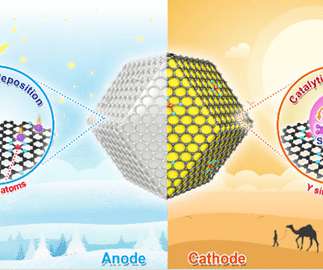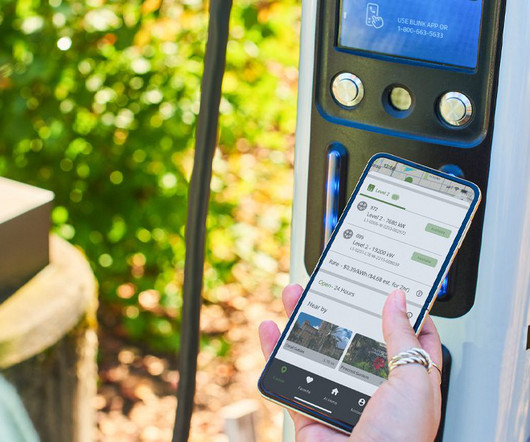New solid-electrolyte interphase may boost prospects for rechargeable Li-metal batteries
Green Car Congress
MARCH 12, 2019
Rechargeable lithium metal batteries with increased energy density, performance, and safety may be possible with a newly-developed, solid-electrolyte interphase (SEI), according to Penn State researchers. —Donghai Wang, professor of mechanical and chemical engineering and corresponding author. V Li|LiNi 0.5





























Let's personalize your content